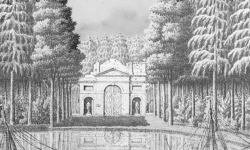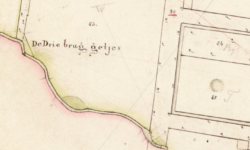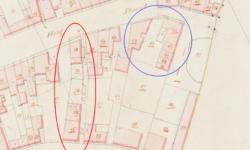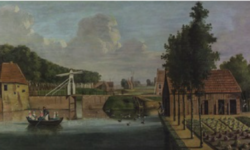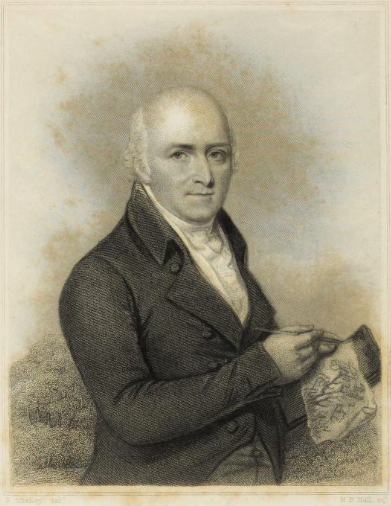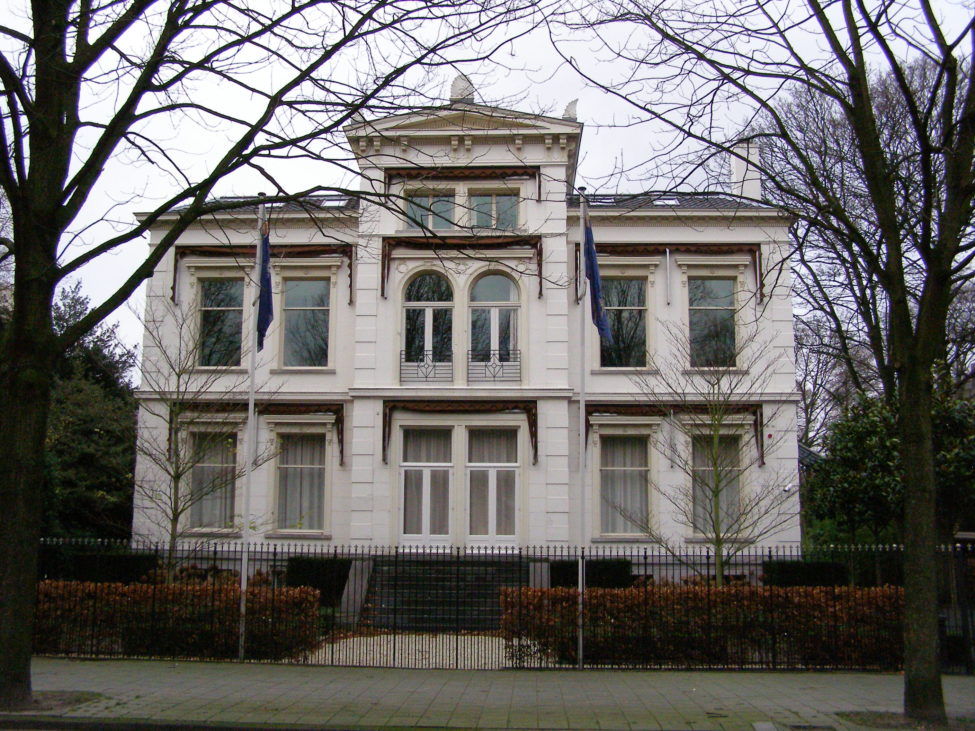Voorland in de Watergraafsmeer
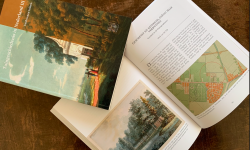
Published: my latest article in the third collection of articles by Cascade, the garden history society of the Netherlands. Themed ‘lost gardens’, my piece focusses on Voorland near Amsterdam. Even before this garden disappeared under the (previous!) stadium of football club Ajax in 1934, the estate had already been dismantled and turned into a regular farm in 1845.
The increasingly digitised archives of the Six-family give a fair amount of detail about the people involved with the design and layout of this garden. They (Johann Georg Michael and his ‘help’ or ‘aide’ – future son-in-law Johann David Zocher) belong to the top of Dutch garden designers of the late 18th, early 19th century. And yes, they were both of German origin.
Published: my latest article in the third collection of articles by Cascade, the garden history society of the Netherlands. Themed ‘lost gardens’, my piece focusses on Voorland near Amsterdam. Even before this garden disappeared under the (previous!) stadium of football club Ajax in 1934, the estate had already been dismantled and turned into a regular farm in 1845.
The increasingly digitised archives of the Six-family give a fair amount of detail about the people involved with the design and layout of this garden. They (Johann Georg Michael and his ‘help’ or ‘aide’ – future son-in-law Johann David Zocher) belong to the top of Dutch garden designers of the late 18th, early 19th century. And yes, they were both of German origin.

